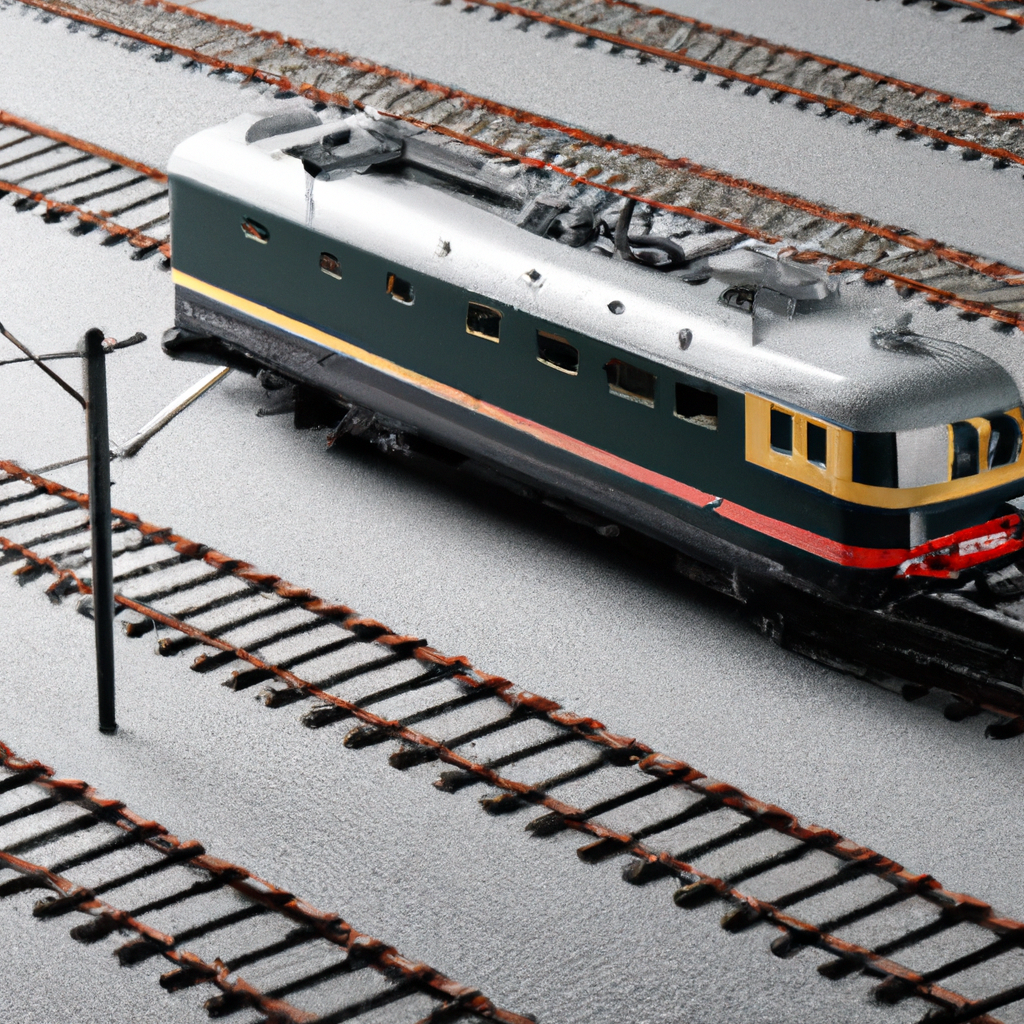Are you a model railway enthusiast looking to start a new project, but feeling overwhelmed by the endless options available? Look no further! This article is here to help you navigate the world of model railway scales and find the perfect one for your needs. From the popular HO scale to the intricate Z scale, we will explore the different scales and provide you with the information you need to make an informed decision. So sit back, relax, and let’s embark on this exciting journey together!
Model Railway Scale Comparison: Which One is Right for You?

Introduction to Model Railways
Model railways have captivated enthusiasts of all ages for decades, allowing them to create intricate miniature worlds filled with trains, landscapes, and realistic details. These miniature replicas of real-life railways provide an immersive and rewarding hobby that combines creativity, craftsmanship, and a love for trains. Whether you’re a seasoned collector or just discovering the world of model railways, understanding the different scales and gauges is essential in choosing the right one for you.
Understanding Scale and Gauge
Before diving into the various scales available, it’s crucial to grasp the concepts of scale and gauge. While the terms are often used interchangeably, they actually refer to different aspects of model railways. Scale relates to the proportion of the model compared to the real-life counterpart, while gauge represents the distance between the rails on the track. In simpler terms, scale refers to the size of the model, and gauge refers to the distance between the tracks.

Popular Model Railway Scales
There are several popular model railway scales available, each with its own unique characteristics and benefits. Let’s take a closer look at some of the most widely used scales:
-
HO Scale:
- HO scale is the most popular scale worldwide, known for its versatility and wide range of available accessories.
- With a scale of 1:87, HO scale models offer a good balance between size and detail, making them suitable for both beginners and experienced model railway enthusiasts.
-
N Scale:
- N scale models have a scale of 1:160 and are known for their compact size.
- Ideal for those with limited space, N scale models allow for intricate layouts in a smaller area without compromising on detail.
-
O Scale:
- O scale models have a scale of 1:48, making them larger than both HO and N scale models.
- These models are favored by collectors and enthusiasts who prioritize detail and enjoy larger train sets.
-
G Scale:
- G scale, or Garden scale, models have a scale of 1:22.5, making them much larger than other scales.
- G scale models are often used for outdoor layouts and are renowned for their impressive size and realistic presence.
-
Z Scale:
- Z scale models have a scale of 1:220, making them the smallest commercially available scale.
- These tiny models are perfect for those with limited space or those who enjoy the challenge of working with intricate details.

Choosing the Right Scale
When it comes to choosing the right scale for your model railway, several factors should be considered. Let’s explore some of these factors in more detail:
-
Cost:
- It’s important to factor in the cost of both the initial purchase and ongoing expenses, such as accessories, track, and locomotives. Budget considerations will play a significant role in determining which scale is right for you.
-
Available Space:
- Consider the amount of space you have available for your model railway. If you have limited space, smaller scales like N or Z scale may be more suitable, while larger scales like O or G scale require more room.
-
Detailing and Realism:
- If you value intricate detailing and realism in your models, larger scales may be more appealing. However, smaller scales can also achieve impressive levels of detail, so it ultimately comes down to personal preference.
-
Skill and Experience Level:
- Your level of skill and experience in model railways should also be taken into account. Smaller scales often require more precision and patience, whereas larger scales may be easier to work with for beginners.
-
Availability of Accessories:
- Research the availability of accessories, such as buildings, vehicles, and scenery, for your chosen scale. The range and variety of accessories can greatly enhance the overall experience of your model railway.
-
Compatibility and Interchangeability:
- Consider whether you plan to mix and match different scales. Some manufacturers offer compatibility between scales, while others may not. It’s important to ensure that your chosen scale can seamlessly integrate with any existing models or future expansions.
-
Building and Operating Challenges:
- Think about the level of complexity you desire in building your layout and operating the trains. Larger scales often require more time and effort to construct, while smaller scales may offer more flexibility in terms of layout design.

Preferred Types of Railways
In addition to scale and gauge, the type of railway you prefer can also influence your choice of model railway scale. Whether you’re interested in modern passenger trains, vintage steam locomotives, or scenic countryside routes, consider the types of railways that appeal to you when selecting your scale.

Conclusion
Choosing the right model railway scale is a highly personal decision that varies based on individual preferences, available space, and budget. By understanding the different scales, considering important factors, and exploring your own desires and limitations, you’ll be well on your way to creating a model railway that brings joy and satisfaction for years to come. So, dive into the world of model railways and embark on a journey of creativity, craftsmanship, and endless possibilities.

